Exploring Virtual Reality Company Innovations, Best Headsets, and Classroom Applications
Virtual Reality (VR) has transformed the way we experience digital content, offering a gateway to immersive worlds. From cutting-edge virtual reality companies to the best VR headsets, this article is your go-to guide for unlocking the full potential of this groundbreaking technology.
Table of Contents
What is Virtual Reality (VR)?
Virtual Reality or VR is a technology that gives a user the feeling of being absent in some other or strange world. The purpose of this technology is to bring a person closer to the reality in which he can be at any place, at any time, as if he is happening in the real world.
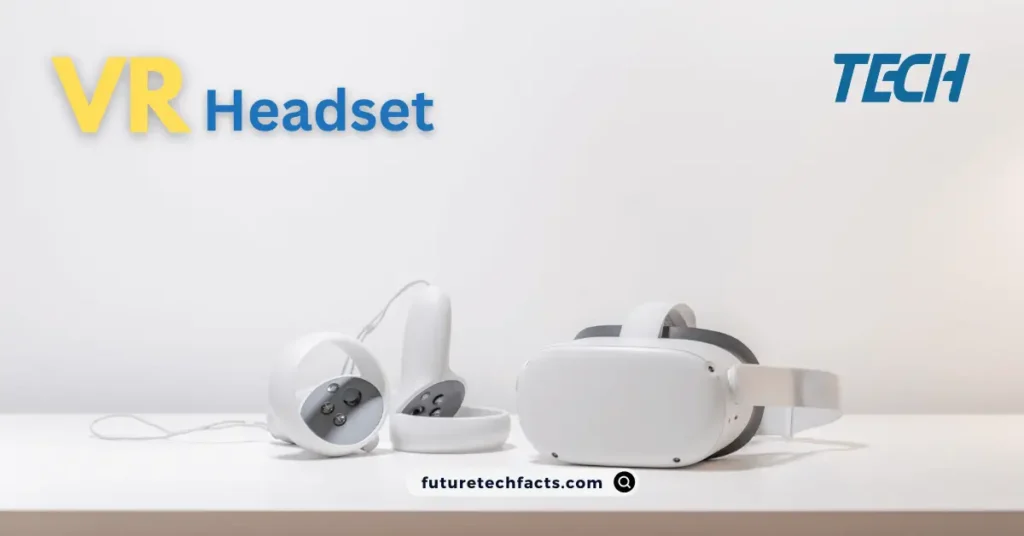
At its core, Virtual Reality (VR) is a simulated environment that transports users to an alternate reality through the use of specialized equipment, such as VR headsets. This technology engages multiple senses, creating an unparalleled level of immersion that goes beyond traditional screen-based experiences.
The key features of virtual reality are:
- Immersion: VR attempts to immerse the user completely in a new or strange environment. It uses headsets, controllers, and other sensors to simulate the feeling of immersion.
- Interactivity: The user has the opportunity to actively participate in the virtual world. The user can interact with virtual objects using virtual damped controllers or gloves.
- Sensory response: At the highest level, VR technology seeks to add sensory feedback to the technology, allowing the user to become more involved in interacting with the environment.
- Computer-generated worlds: Virtual reality is created by computer software that can be viewed using a headset or other devices.
Virtual reality is being used to support a variety of experiences in games, education, simulation, medical treatment, travel, and various industries.
Virtual Reality Company Innovations
Leading the charge in the VR revolution are innovative companies committed to pushing the boundaries of what’s possible. Companies like Oculus, HTC, and Sony have spearheaded the development of cutting-edge VR technology, constantly enhancing the user experience and expanding the possibilities of virtual realms.
Best Virtual Reality (VR) Headsets

Choosing the right VR headset is crucial for an optimal experience. Some major VR headset brands have been prominent in the last few years and have become popular among users.
Meta Quest 2:
Meta Quest 2 is a virtual reality (VR) headset created by Meta. The Meta Quest 2 first appeared in 2013 as the first model named Oculus Rift, the Oculus Rift Development Kit 1 (DK1), and has since been upgraded in several collections. Meta Quest 2 is available to ordinary users and is an example of providing them with a colorful and exhilarating experience in Virtual Reality.
Meta Quest 2 consists of a headset, integrated headphones, and thought-control inputs that allow users to experience various experiences within virtual reality. The main purpose of Meta Quest 2 is to enhance gaming experiences, but it is also being used in education, training, entertainment, and social experiences. The most recent models of Meta Quest 2 include high-end technical features, high-quality images, and high-quality sound that make it an excellent VR experience for users.
HTC Vive:
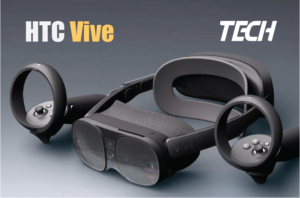
HTC Vive is a high-quality virtual reality (VR) headset, developed in collaboration with HTC and Valve Corporation. It is designed for VR experiences and provides the ability to transport users into a virtual environment. HTC Vive is a full-featured headset that includes thought-control inputs, a headset, and sensors for an immersive immersive experience.
The HTC Vive is used to transport a person into immersive experiences where he or she can perceive and participate in the world around them. Its features are designed for immersive gaming experiences, but they are also being used in training, education, business, and other fields.
The versions that come with the HTC Vive have more improvements that help provide users with a better and more detailed VR experience.
PlayStation VR 2:
PlayStation VR is produced by Sony Computer Entertainment and is compatible with PlayStation consoles.
The PlayStation VR2 Sense controller, equipped with attached straps, enhances interactivity, providing precise and responsive control in the virtual environment.
With the PlayStation VR2, users can escape into gaming realms that not only look and sound genuinely real but also represent a significant leap forward in the evolution of virtual reality.
Valve Index:
Valve Index is a high-quality virtual reality (VR) headset developed by Valve Corporation. This headset is designed to provide a fully immersive VR experience and comes with thought-control inputs that transport users into a 3D environment.
The improved version of Valve Index features high-end displays, high-quality sound, and thought-control wave support. These include headsets, tracking sensors, and thought-control devices that allow users to navigate interactive environments.
The Valve Index feature is designed for the full gaming experience but is also being used for simulation in education, training, and industry. Valve Index is specifically for gaming users looking for an immersive and immersive VR experience.
Recommended to Read: Best Tech Gifts 2024
How to Use the VR Headset
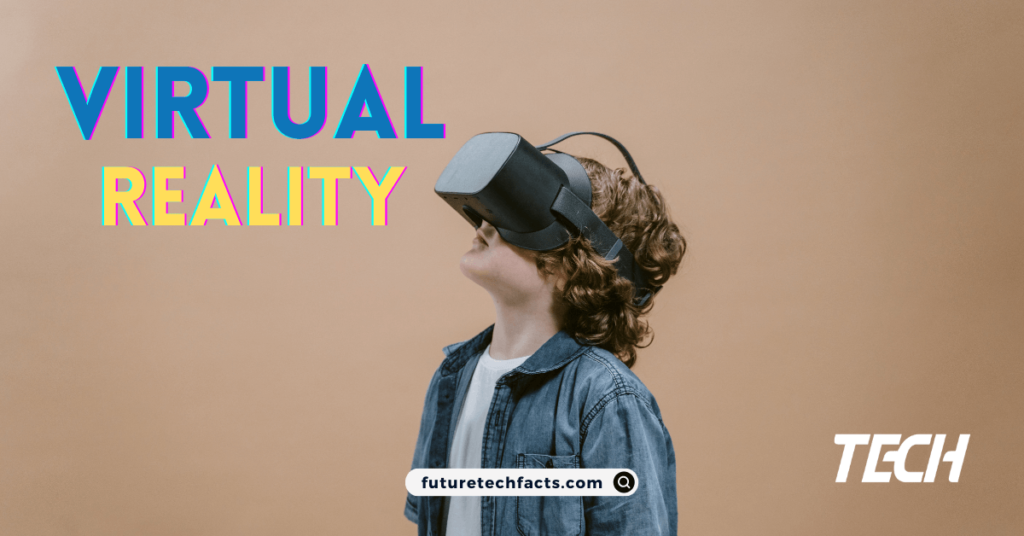
Follow these steps to use a VR (virtual reality) headset:
- Setup of headset: Set up your VR headset according to the specified method. Every headset has its unique setup.
- Connect related devices: Connect the headset to a computer, gaming console, or other connected device. For this follow the instructions given in the user guide.
- Wear a headset: Wear the headset slowly and make sure it sits securely on your head.
- Setup of sensors and controllers: If sensors and controllers are included with the headset, set them correctly and check their eligibility.
- Steering of headset: Go to and select User Interface for particular applications. For example, select a game to participate in a VR game or view educational content for an educational experience.
- Security and Surrender: When you are in virtual reality, pay attention to things around you so that you can avoid injuries, fatalities, or other things.
- Set a deadline: Don’t try the VR experience for the most part, especially if you’re trying it for the first time.
If visitor material comes with your headset, you should read it carefully and follow it. This will help provide you with the best and safest experience.
Using Virtual Reality in the Classroom
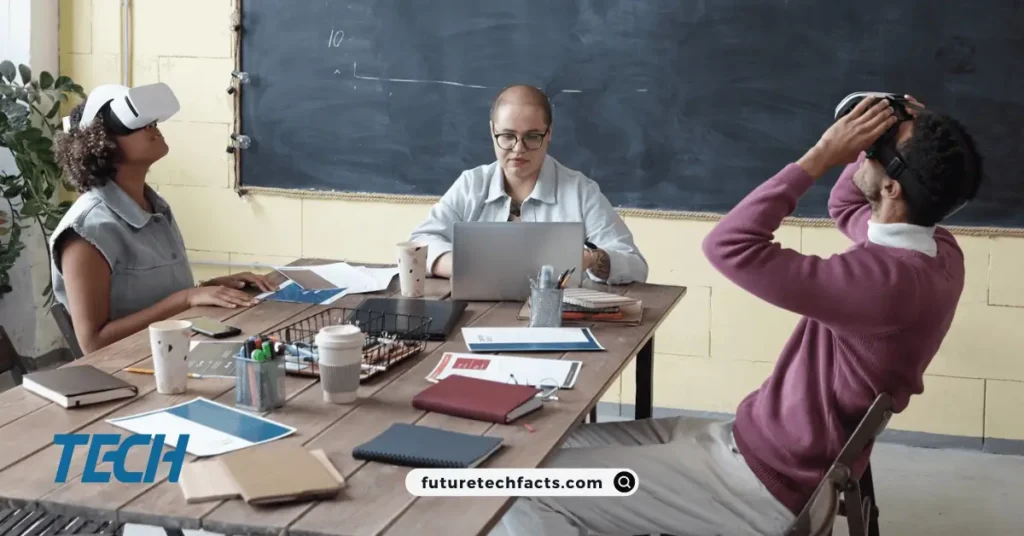
Beyond gaming and entertainment, VR has found a valuable place in education. The integration of virtual reality in the classroom enhances traditional learning methods, offering students an interactive and engaging experience.
Using virtual reality (VR) in the classroom can make education interesting and positive, and help students understand subjects.
Virtual Reality in the Classroom Examples
Here are some useful ideas that teachers can adapt as needed to use VR in the classroom:
- Travels and collection sites: Use VR to take students on trips around the world and introduce them to historical sites, museums, and natural scenes.
- Study of Physical Sciences and Mathematics: Using VR, teachers can use collectible jigsaws and indexes to enable students to engage in meaningful experiments and practice.
- Geography Education: Explain the principles of geography to students by seeing the globe using VR and introduce them to different geographical states and places.
- History and Cultural Studies: Use VR to see and experience historical events, helping students understand the history and cultural underpinnings.
- Arts and Literature: VR technology is designed to provide students with various experiences in the areas of art, literature, and language.
Recommended to Read: Smart Gadgets For Home And Kitchen
Virtual Reality Movies and Gaming Systems
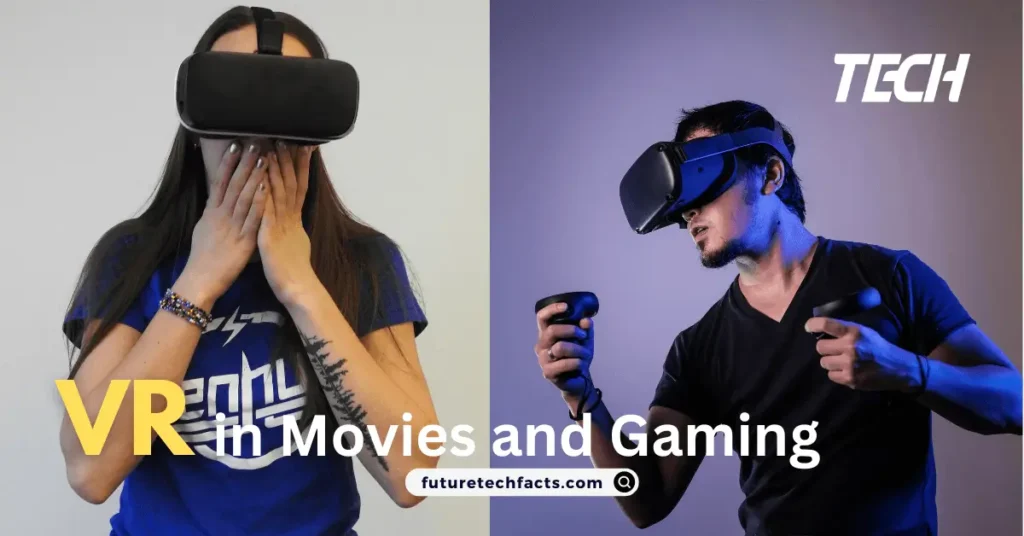
Virtual Reality (VR) provides a new and updated experience in movies and gaming systems. Here are some facts about how virtual reality provides utility in movies and gaming systems:
1. VR in Movies:
- Immersion: Watching VR movies gives viewers the feeling of being transported deeper into the environment, making them feel included in the story.
- Introduction: Creating the experience of walking through the environment gives the audience a golden opportunity to experience the movie’s story uniquely.
- Safe Literature: VR movies provide a new aesthetic and experience of literature, allowing viewers to interact with the story unseen.
2. VR in Gaming Systems:
- Immersion and Experience: The use of VR in gaming systems takes games to a new level, as players are inside the game, and takes them deeper into a new environment.
- Thoughtful Gameplay: In VR gaming, players interact with the environment and enjoy new and interesting experiences through games.
- Stability and control: By using VR headsets and controllers, players are more immersed in the game, allowing them to experience better stability and control.
- Introspection with content: VR gaming allows players to interact with the content, which makes the game even more lifelike.
- Social VR: Some VR platforms offer players the opportunity to play together, giving them a collective experience with friends.
VR adds modernity and experience to movies and gaming systems and is being accepted by countless users.
Virtual Reality vs Augmented Reality
Virtual Reality (VR) and Augmented Reality (AR) are both immersive technologies, but they differ in their fundamental experiences:
| Virtual Reality | Augmented Reality |
|---|---|
| VR creates a fully immersive, computer-generated environment with which users can interact. | AR overlays digital content on real-world environments. It enhances the real-world experience by adding computer-generated information. |
| VR users are controlled by a VR technology. | Through AR the person can control his presence in the real world. |
| A VR headset device is required to use Virtual Reality. | Augmented Reality can usually be accessed with a smartphone device. |
| VR headsets like Oculus Rift or HTC Vive are used for gaming, simulation and virtual experiences. | Smartphone apps like Pokemon Go or AR glasses like Microsoft HoloLens use AR to blend virtual elements with the real world. |
In summary, VR creates a fully immersive digital environment, isolating users from the real world, while AR enhances the real-world environment by overlaying digital information on it.
Conclusion
In conclusion, Virtual Reality (VR) is reshaping our digital landscape, offering endless possibilities for education, entertainment, and beyond. As North America, Europe, and Asia embrace this technology, the future promises even more exciting developments. Stay tuned for the next wave of VR innovations, as the journey into virtual realms continues.
FAQ
Q1: How does virtual reality work?
Virtual reality works by creating a computer-generated environment that users can interact with, typically through the use of specialized hardware such as VR headsets and controllers.
Q2: How to connect virtual reality to TV?
Connecting virtual reality to a TV is usually done through the VR headset, which may have specific cables or wireless capabilities to transmit the virtual experience to the TV screen.
Q3: When was virtual reality invented?
The concept of virtual reality was invented in the early 1960s, but the term itself was coined in the 1980s.
Q4: Who invented virtual reality?
Virtual reality was not invented by a single individual, but notable contributors include Morton Heilig, Ivan Sutherland, and Jaron Lanier.
Q5: What does the frame rate of a virtual reality headset indicate?
The frame rate of a virtual reality headset indicates the number of images (frames) displayed per second, affecting the smoothness and realism of the virtual experience.
Q6: What is the best virtual reality headset?
The best virtual reality headset can vary depending on individual preferences and needs, with popular options including Oculus Rift, HTC Vive, and PlayStation VR.
Q7: How much is a virtual reality headset?
The cost of a virtual reality headset varies, with prices ranging from a hundred to several hundred dollars, depending on the brand and features.
Q8: What are virtual reality headsets?
Virtual reality headsets are devices worn on the head that immerse users in a computer-generated environment, typically featuring screens, sensors, and sometimes audio components.
Q9: What is virtual reality therapy?
Virtual reality therapy involves using virtual environments for therapeutic purposes, such as treating phobias, PTSD, anxiety, and other mental health conditions.
Q10: What is virtual reality used for?
Virtual reality is used for various purposes, including gaming, education, training, healthcare, real estate, marketing, and more, to create immersive and interactive experiences.
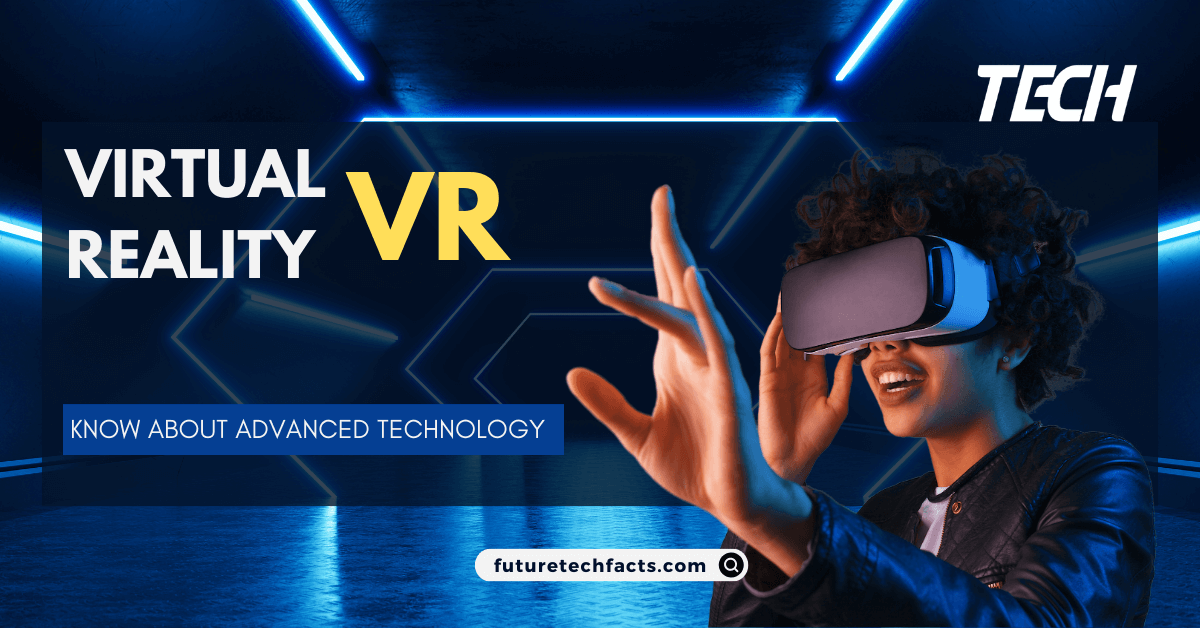
Kudos to the author for providing an insightful and engaging overview of VR headsets. This post is a fantastic guide for both newbies and veterans alike, providing a glimpse of the exciting possibilities that await us.
Thanks for your valuable comments.
Can you tell me “Oculus Rift” features in detail?
Oculus Rift is a high-quality virtual reality (VR) headset made by Oculus VR. It provides the ability to take users into a new and expanded digital experience. Here are some of the key features of this headset:
Design and Comfort: The Oculus Rift headset comes with a comfortable design and ergonomic banding that is optimized for long-term use.
Graphics and Display: Oculus Rift has a high-quality and high-resolution display that makes the environment diverse and judgmental.
Sensors and Tracking: It consists of mind-control sensors and out-of-touch tracking cameras that perfectly mirror the user’s movements in the environment.
Audio: Oculus Rift has integrated stereo headphones to enhance sound quality.
Technical Specifications: This headset comes with the capability of positional tracking, thought-control, and hand tracking which provides the user with a more powerful and lifelike VR experience.
These features make Oculus Rift a full-fledged virtual reality headset that is suitable for use in gaming, education, medicine, and other fields.